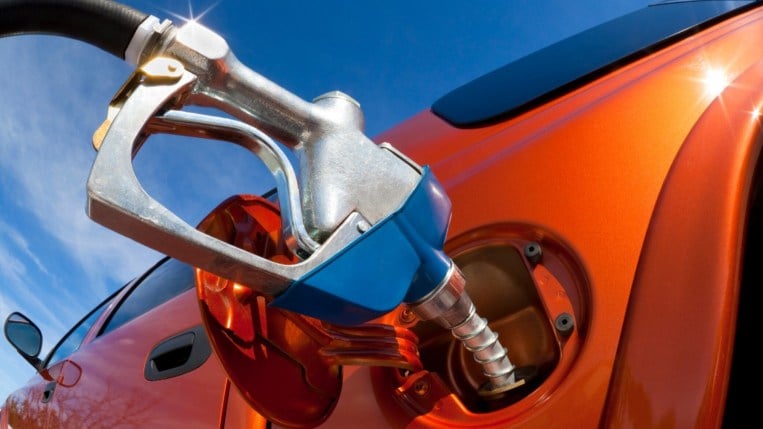According to AAA, the average price of a gallon of gasoline in the United States hit $2.70 last week. Early March often sees relatively high prices – one year ago, the average was $2.44 – but prices then begin to decline heading into spring. In April of 2020, with the COVID-19 pandemic suddenly forcing a drastic cut in miles driven worldwide, prices hit a low of $1.76. This year, that April price dip may not come.
Low oil production is just part of the problem. With the crash in miles driven during worldwide medical lockdowns, the Organization of Petroleum Exporting Countries (OPEC) cut output by a record-breaking 9.7 million barrels per day. OPEC and its allies are expected to meet Thursday, and will almost certainly vote to increase production.
“Given the allure of higher prices, there should be more supply coming onto the market,” Rabobank energy strategy Ryan Fitzmaurice told CNN.
Check out our list of the most fuel-efficient cars in every class.
But an increase in oil production only helps the start of the supply chain. It’s the middle of the chain that is the problem now.
A winter storm that paralyzed the energy industry in Texas saw many of the state’s oil refineries shut down. Many are still in the process of repairing damage caused by the cold. The state’s four largest refineries are all shut down, with no estimate for reopening.
AAA cautions, “Motorist can expect these more expensive gas prices to stick around,” though it says “large spikes are likely to subside.” Only as refineries make repairs and return to production will prices be able to return to normal.








